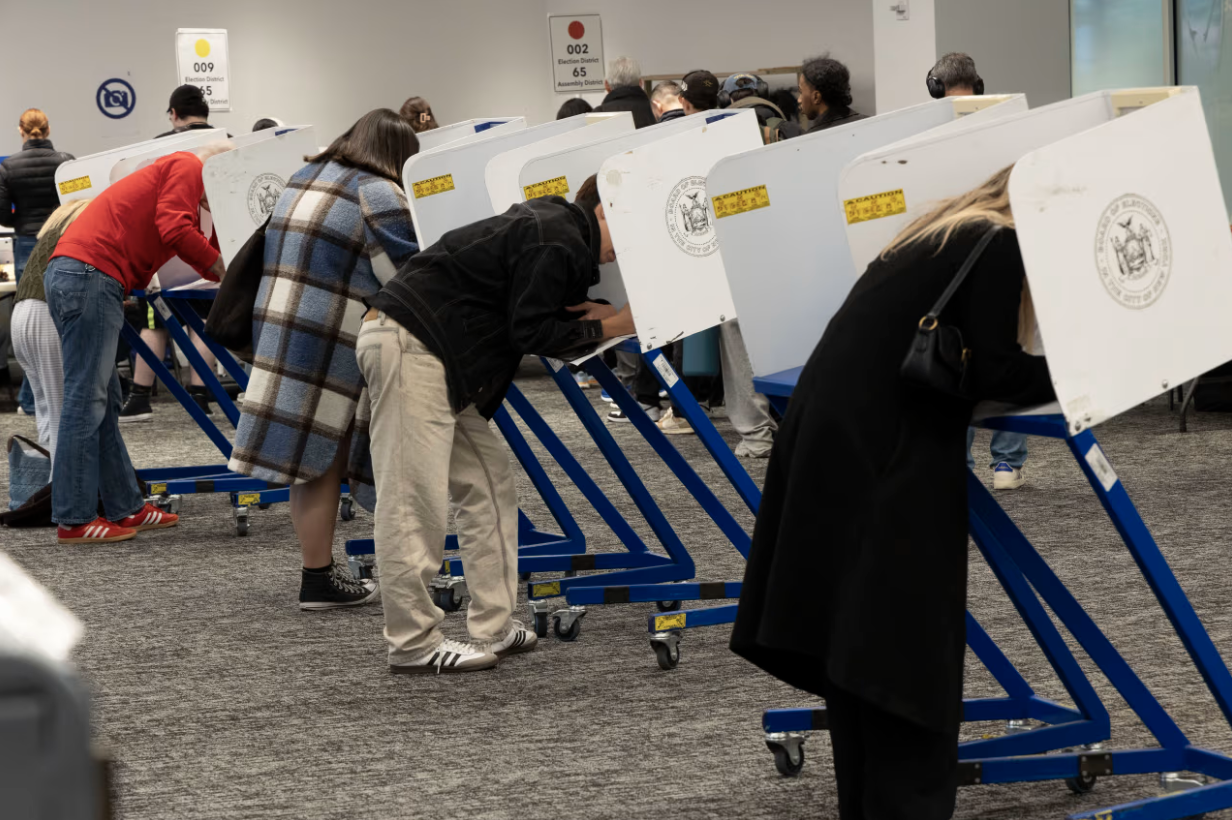
Tuesday was a very good night for Democrats, but the headlines obscure things that should worry both parties for next year’s midterms.
While Kamala Harris last year eked out only a 5.8-point margin in Virginia, on Tuesday Democrat Abigail Spanberger won the governorship by about 15 points. She flipped seven traditionally GOP counties, and the government shutdown helped her reverse President Trump’s big 2024 gains in Northern Virginia, home to many federal workers.
Ms. Spanberger’s margin was so wide that she dragged Democratic attorney general nominee Jay Jones across the finish line, despite his having fantasized about the murder of a Republican state House speaker. The GOP lost at least 13 of its 48 seats in the 100-member House of Delegates.
Last November, Ms. Harris won New Jersey by 5.4 points. Democratic Rep. Mikie Sherrill took the governorship by 13. She carried 14 of 21 counties—including all five Mr. Trump flipped in 2024—and she reversed the president’s strong showing in majority-nonwhite counties like Passaic and Hudson. Republicans also lost as many as seven legislative seats, which would put Democrats at a 52-year high.
Democrats even won in states Mr. Trump carried last year. In Georgia, two GOP Public Service Commission incumbents went down, giving Democrats their first nonfederal statewide victories in nearly 20 years. Gov. Gavin Newsom’s big gerrymandering referendum victory in California offsets Republican redistricting gains in Texas.
While registered Democrats outnumber Republican ones in Pennsylvania by less than 2 points, all three Democratic state supreme court justices won retention by over 22 points.
So what happened to the GOP Tuesday? Complacency was part of the problem. Republicans voters were happy with the Trump administration and stayed home. Most Democrats weren’t and turned out.
And the GOP has to learn that screaming “communist” and “socialist” at run-of-the-mill Democrats doesn’t move even die-hard MAGA voters. Explaining why a Democrat’s policies will raise costs or hurt jobs and offering a constructive, forward-looking agenda is a much better approach. Americans want to know Republicans are making life more affordable, communities safer and the economy stronger.
Most concerning for the GOP, voters’ decisions Tuesday were certainly a result of their disapproval of Mr. Trump and his policies. The RealClearPolitics average that day had him at 43.4% approve, 54.4% disapprove. He has even worse numbers on the economy, foreign policy and inflation.
To turn this around, the White House will need to focus on the economy and the cost of living, speak candidly about challenges, lower expectations, temper the rhetoric, underpromise, overdeliver and stop going too far, like with Immigration and Customs Enforcement roundups at Home Depot.
The parties have also changed. Democrats once were mostly noncollege voters, Republicans mostly college-educated. Today, it’s reversed, and the GOP must acknowledge that noncollege voters are less likely to turn out. Republicans must figure out how to turn out these voters—even though Mr. Trump’s name will never again appear on a ballot to motivate them.